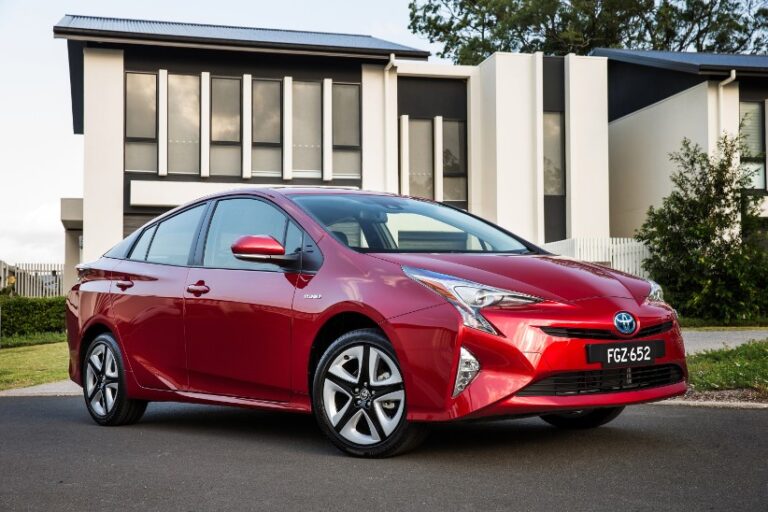– By David Brown –
If you bought a Toyota Prius hybrid vehicle as a fleet car when it was first launched on the Japanese market in 1997 and later in Australia in 2001, you were not getting a car that was overall cost efficient or elegant in its looks.
While it did get relatively good fuel economy, it was expensive to buy and it was awkward if not gawky in its design.
Like celebrities and individuals who purchased the car, you did so to make a statement as much as meeting your needs. And that statement was that your company wanted to be seen as promoting a concern about the environment.
In some areas this was seen as a pretentious approach that led the Prius to be called the “Pious” because of the superior air of some of those who drove it.
It has remained the image leader in environmental vehicles with people like the Lord Mayor of Sydney, Clover Moore, who is a passionate advocate for walking, cycling and public transport, justifying her need for being transported by car by having a Prius as her official vehicle.
Not every-one liked the image. “Rolling Coal” is a practice in America where people modify their diesel vehicle to increase the amount of fuel entering the engine in order to emit an under-aspirated sooty exhaust that visibly pollutes the air. Some redneck pickup drivers accompany their smoke blowing vehicle which a sticker on the back that says “Prius repellent”.
As far as the typical levels of performance, handling and comfort the Prius was not class leading and therefore you would not normally consider this vehicle for mass fleet purchase based on its practical attributes.
But Toyota has launched the fourth generation of the vehicle which is fast approaching a car for your fleet because it is competent and fits your financial needs. And its style is distinctive without flaunting its environmental agenda.
For a start the new Prius has much better vehicle dynamics with a 60% increase in torsional rigidity and a lower centre of gravity achieved by relocating the battery.
Its steering has better driver feel and there is good room and comfort for the front seat occupants.
The rear seat room is adequate although the fast back rear design does take some of the head room for the passengers in the back.
There are two equipment levels. The entry level model is priced at $35,000 plus on road costs and comes with a highly credible list of features including adaptive cruise control with auto braking, lane-departure warning with a steering wheel intervention, automatic high beams, a reversing camera, seven airbags, emergency brake signal, a head-up display and a wireless phone charger (which is actually more of a pain than a pleasure).
The upmarket iTech model includes added features of blind spot monitor, rear cross traffic alert, leather seats with the front ones being heated and what may be critical for fleet operation, satellite navigation. The additional cost is $8,000 which seems a bit steep for what you get.
The new Prius has a raft of improvements for efficiency and is officially rated at 3.4 l/100 for the combined cycle which is very good. Unfortunately the practical reality is not so respectable. We managed 5.2 l/100 in mixed driving conditions which is a figure that is matched by some small petrol engines and beaten by a good small diesel. The hybrid system, however, would be at its competitive best in urban traffic with the electric motor helping acceleration and the stop/start system reducing the petrol engine running time.
The new Prius looks different. Some like it, some do not. It has distinctive lines and a complicated tail design that has some resemblance to the last Toyota Celica sport car that finished production in 2006.
One problem is that when you reverse it makes loud beeping noise like a truck. Not outside the vehicle to warn pedestrians but inside to tell the driver what they must surely already know. It soon became very annoying.
So the Prius is much more main stream than previous models. It is continuing to place itself into the fleet market for practical and performance reasons not just to portray you environmental consciousness.






